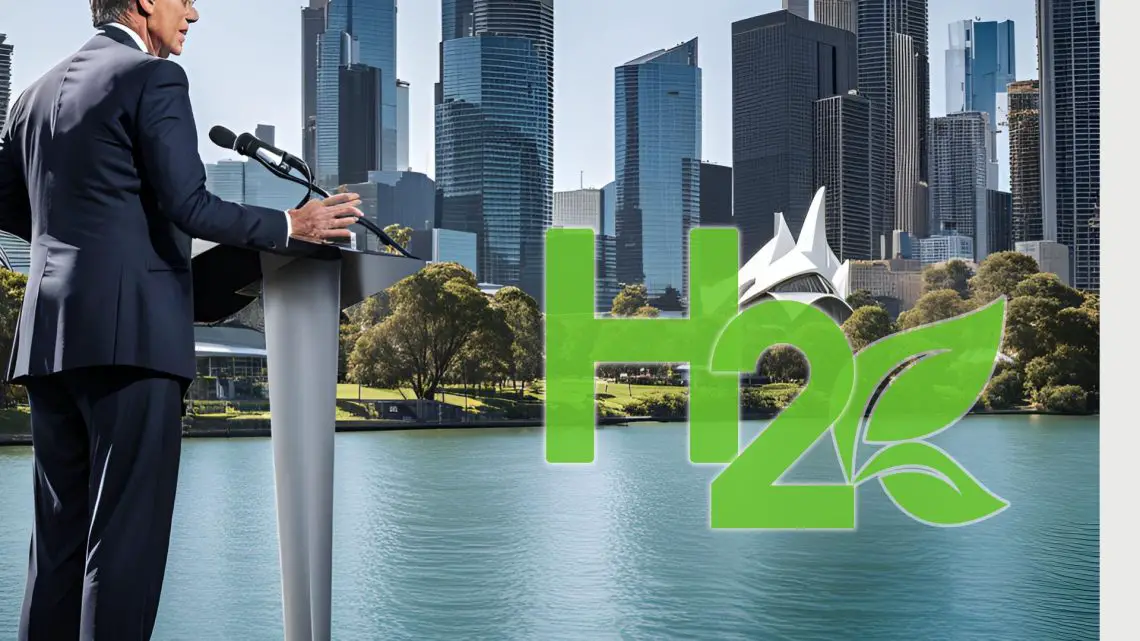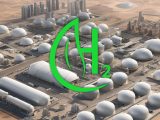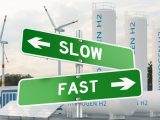
Australia announces multi billion dollar green hydrogen market strategy
September 17, 2024The country intends to pour over $30 billion into the development of the H2 economy
Australia has been among the countries in the world that has been most aggressively pursuing green hydrogen and an overall H2 economy as nations worldwide seek to decarbonize and reduce their reliance on fossil fuels.
This includes both a domestic and export plan
As one of the leading liquefied natural gas (LNG) exporters in the world, it is looking to expand into H2 for its own transition away from reliance on carbon emitting fuels.
As a part of this effort, the Australian government published its National Hydrogen Strategy, which places the spotlight on green hydrogen and the steps the country will need to take in order to produce it and deliver it at scale in a sustainable way.
At the core of this strategy is a first allocation of funding of about US$5.4 billion, which was made in the country’s Federal Budget this year. This is a step beyond the green Hydrogen Production Tax Incentive program, which was already in place and that has been allowed to evolve along with the growth and development of the H2 market. On top of that, the Australian government has also announced the expansion of its Hydrogen Headstart program.
Australia plans to pour US$15 billion into green hydrogen in the next decade
Over the next ten years, Australia will be funding as much as $15 billion into projects that support its strategy to become a clean energy global superpower, while bolstering its domestic critical materials economy. That has been the plan since May when the country’s Labor Government announced it.
Along with the newly announced H2 strategy, it was made clear that the government is aiming to unlock an additional $33 billion in private sector investment funds into the domestic clean H2 industry.
1 million tons of H2
According to the government’s H2 strategy, its plan is to have reached capacity greater than 1 million tons of green hydrogen by the end of this decade. The goal is to reach an annual 15 million-ton production target by 2050, which will have 5-year milestones paving the path along the way.



 With over 15 years of reporting hydrogen news, we are your premier source for the latest updates and insights in hydrogen and renewable energy.
With over 15 years of reporting hydrogen news, we are your premier source for the latest updates and insights in hydrogen and renewable energy.
Hybrid Locomotive Powered from Hydrogen Fuel Cells
to power hybrid electric locomotives. In particular the development includes patented Slip/Slide control and predictive wheel circumference compensation of each bogie wheel individually powered by DTC inverters using permanent magnet 3-phase AC traction motors
A development also to assist Climate Change
Proposed PhD thesis by Bernard Schaffler. BSc Eng. MSc Eng. FIEAust. CPEng. MIEEE